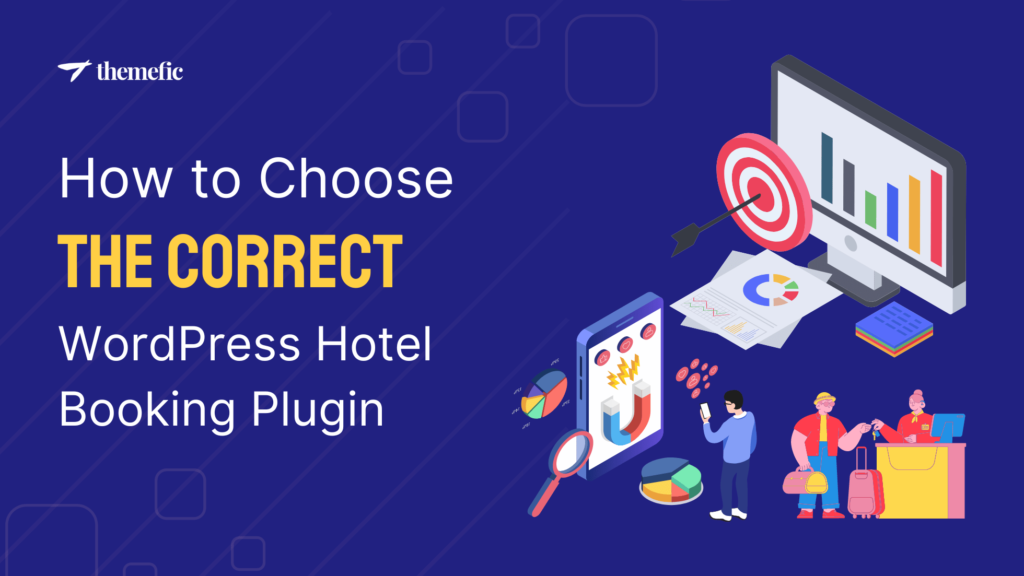There has never been a time in history when it’s easier to start a business. All you need is a laptop and an Internet connection–and bam!–you’re in the game.
But while anyone can launch a website, building a business that actually grows and stands the test of time requires more than just a great idea.
Without the right planning, operations, and legal groundwork, even the most promising startups can stumble before they reach their potential.
The online marketplace is crowded, competitive, and fast-moving.
Customers expect seamless experiences, trustworthiness, and consistent service, and investors or partners will scrutinize your business structure, contracts, and compliance. Overlooking these details can cost you time, money, and credibility.
This article will walk you through the key steps to launch a successful online business–from validating your idea to choosing the right business structure, setting up operations, protecting intellectual property, and preparing for growth.
By following these steps, you’ll give your startup the best chance to thrive while staying legally and operationally sound.
Launching a Successful Online Business: The Steps
Step 1: Validate Your Business Idea
Before you spend time and money building a website or product, make sure your idea actually solves a problem people care about. Market research is your first line of defense against launching something no one wants to buy.
Start by testing demand with simple tools. Surveys, social media polls, or a landing page can gauge interest and collect early signups. Even a minimal prototype can reveal whether people are willing to engage with your offering.
Competitor analysis is equally crucial. Identify your niche, study similar products or services, and look for gaps you can fill. Understanding the landscape not only helps refine your idea but also gives you insight into pricing, marketing strategies, and potential pitfalls.
Validating early saves headaches later and ensures you’re building something the market actually needs.
Step 2: Select Your Business’s Structure
Choosing the right business structure is a key step for any online startup. Operating under your personal name exposes you to personal liability if legal or financial issues arise.
Benefits of forming a Limited Liability Company (LLC) include:
- Limits personal liability in case of lawsuits or debts.
- Adds credibility with customers, vendors, and partners.
- Simplifies contracts, intellectual property ownership, and tax filings.
When forming an LLC, you’ll need to:
- Complete state-specific formation requirements.
- Obtain an Employer Identification Number (EIN) for banking and tax purposes.
- Appoint a registered agent to receive legal notices.
State rules vary, so it’s important to understand the requirements to form an LLC in Florida, as well as the differences if you’re considering Texas or New York. This confirms your business remains compliant and protected.
Step 3: Set Up Essential Business Operations
Setting up essential operations gives your online business a strong foundation. Without the right systems, even the best ideas can run into problems.
Start with business banking and accounting:
- Open a dedicated business bank account.
- Use accounting software to track income and expenses.
- Separate personal and business finances to simplify tax filings.
Add payment and financial tools:
- Choose reliable payment processors like Stripe, PayPal, or Square.
- Set up invoicing and recurring billing where needed.
- Maintain accurate bookkeeping for compliance and investor confidence.
For operations and customer service:
- Use inventory and order fulfillment tools if selling physical products.
- Implement customer relationship management (CRM) systems for communication and retention.
Don’t forget compliance:
- Stay up to date with state, federal, and international tax rules.
- Ensure your online business meets e-commerce and consumer protection regulations.
Step 4: Build Your Online Presence
Building your online presence starts with securing a strong domain name. Your domain should be easy to remember, relevant to your business, and consistent with your brand. Register it early to prevent competitors from grabbing it, and consider purchasing similar variations to protect your identity.
Once you have your domain, the next step is setting up your website. Choose an eCommerce platform or website builder that fits your needs–Shopify, WordPress with WooCommerce, or Squarespace are popular options. The right platform depends on whether you’re selling products, offering services, or building a content-driven business.
After your site is live, focus on visibility. Search engine optimization (SEO) ensures your content ranks higher and drives organic traffic. Pair this with a content strategy that speaks to your audience’s needs, and don’t neglect social media. Integrating platforms like Instagram, LinkedIn, or TikTok helps extend your reach and reinforces your brand.
Step 5: Protect Your Intellectual Property (IP)
Protecting your IP keeps your business safe and establishes ownership of your brand.
- Trademark your brand name and logo to stop competitors from using confusingly similar marks.
- Register copyright for original content such as blog posts, product photos, or videos.
- Use NDAs (non-disclosure agreements) when sharing sensitive information with freelancers, contractors, or potential partners.
- Put contracts in place to clarify IP ownership when hiring designers, developers, or content creators.
These steps guarantee your creative work remains yours and builds long-term brand value.
Step 6: Marketing, Sales, and Customer Acquisition
Marketing, sales, and customer acquisition are the lifeblood of your online business. You can have the best product in the world, but without visibility, it won’t reach its potential. That’s why a mix of paid and organic strategies is key.
Paid ads on platforms like Google and social media can give you fast exposure. At the same time, organic reach–via SEO, blog posts, and consistent social content–builds long-term credibility and reduces dependency on ad spend. Email marketing bridges the two, offering a direct way to nurture leads and retain customers.
Social proof is another powerful driver. Testimonials, reviews, and user-generated content make your brand trustworthy and relatable. People want to see that others are happy with your product before they commit.
Finally, you can’t improve what you don’t measure. Track KPIs such as conversion rates, traffic, and customer retention. These numbers guide your strategy and keep your growth on track.
Step 7: Legal Compliance and Risk Management
Legal compliance and risk management are non-negotiable if you want your online business to thrive without legal headaches. Every interaction with customers carries responsibilities, and the right protections keep you safe.
Some pertinent considerations include:
- Privacy policies are essential to outline how you collect, use, and protect customer data.
- GDPR and CCPA compliance are required if you have users in the EU or California. These laws carry hefty fines for violations.
- Terms of service and disclaimers establish rules for your website, reducing liability in disputes
Step 8: Scaling Your Online Business
Scaling your online business is an exciting phase, but it comes with new challenges. Expanding your product lines or services can open new revenue streams, but each addition may introduce regulatory or logistical considerations.
Bringing on employees or contractors requires clear contracts, proper payroll setup, and compliance with labor laws. NDAs and IP agreements help protect your business assets as your team grows.
International expansion offers massive opportunity but also adds complexity. Different countries have varying tax rules, data privacy regulations, and consumer protection laws. Planning ahead ensures compliance and avoids costly mistakes.
Keeping your LLC, EIN, and registered agent information up to date is critical as you scale. Maintaining proper business structure ensures liability protection and smooth operations, whether serving local customers or international markets.
Step 9: Funding and Investor Readiness
Funding and investor readiness is key to growing your online business. Understanding your options and having proper documentation in place can make or break your fundraising efforts.
- Bootstrapping: Self-fund your business using personal savings or revenue.
- Raising capital: Seek investment from angel investors, venture capital, or crowdfunding.
Prepare essential documentation to attract investors:
- Cap table showing ownership structure.
- LLC registration and EIN verification.
- Contracts, NDAs, and IP assignment agreements.
Protecting your intellectual property is important during fundraising. Clearly define ownership of your code, content, or products to prevent disputes.
Get Started and Fuel Growth the Right Way
Launching an online business requires more than a great idea on its own. It requires structure, strategy, and protection. By validating your concept, setting up the right business structure, safeguarding your IP, and preparing for growth, you set yourself up for long-term success.
Taking these steps early ensures you can scale confidently, attract investors, and focus on building a business that thrives.

Amanda E. Clark
Amanda E. Clark is a contributing writer to LLC University. She has appeared as a subject matter expert on panels about content and social media marketing.



